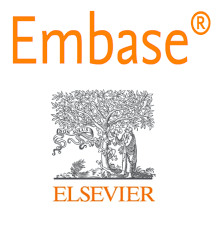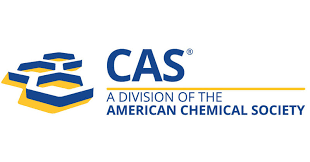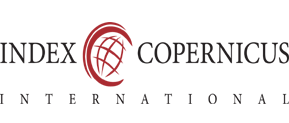A Study on Clinical Profile, Risk Factors, and Medical Management of Anorexia Nervosa and Bulimia Nervosa: A Descriptive Study
Keywords:
Eating Disorder, Anorexia Nervosa.Abstract
Background: Anorexia nervosa (AN) and bulimia nervosa (BN) are serious eating disorders with overlapping but distinct risk factors and treatment needs. Objective: To describe demographic patterns, risk‐factor distribution, and short term treatment outcomes in a cohort of 32 patients with AN or BN. Methods: Consecutive patients meeting DSM 5 criteria for AN or BN at a tertiary psychiatric centre were enrolled over 18 months. Baseline data, risk factors, and 12 week management outcomes were recorded. Results: Of 32 participants (mean age = 21.8 ± 3.4 yrs; 81% female), 18 (56%) had AN and 14 (44%) BN. The commonest risk factors were body image dissatisfaction (78%) and perfectionism (63%). Combination therapy (medical stabilization± fluoxetine) plus cognitive behavioural therapy enhanced (CBT E) achieved ≥10% weight restoration or ≥50% binge/purge reduction in 66% of AN and 71% of BN cases. Conclusion: Early multimodal intervention yields promising short term outcomes. Targeting modifiable psychosocial risk factors—especially distorted body image—remains essential. Long term follow up is required to assess relapse.
.png)









